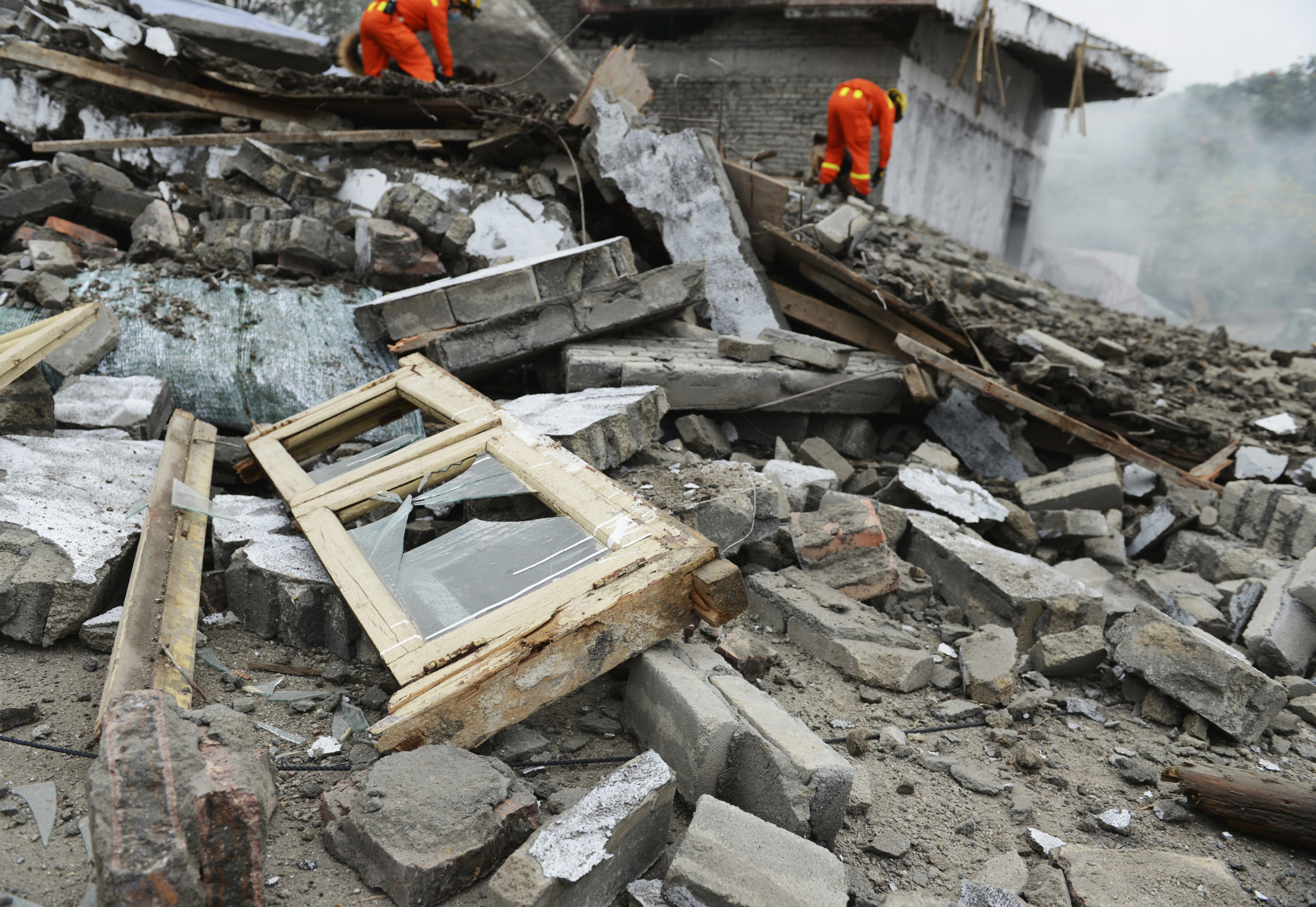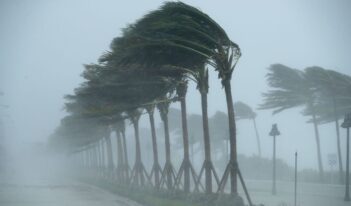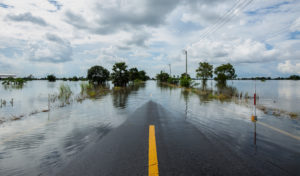
Government report recommends “federal mechanism” to increase oversight of the Red Cross.
After Hurricane Katrina damaged or destroyed as many as 350,000 homes in 2005, the American Red Cross provided essential support to millions of survivors. But in many coastal towns in Alabama and Mississippi, the Red Cross was “absent or overwhelmed,” leaving those smaller communities to fend for themselves. A congressional investigation found that the Red Cross fell short in providing sheltering needs and coordinating response efforts with community groups in the aftermath of Katrina. Media reports reiterated these concerns following Hurricane Sandy in 2012.
Even though the Red Cross plays a crucial role in disaster relief, the federal government neither controls nor routinely assesses the Red Cross’s efforts. A recent report from the Government Accountability Office (GAO) recommends that Congress conduct regular federal evaluations of the Red Cross’s performance in domestic disasters in order to increase accountability and improve the organization’s response efforts.
Since its creation nearly 200 years ago, the Red Cross has provided relief to the public following hurricanes, floods, fires, and more. Each year, it spends between $250 and $400 million responding to disasters, the vast majority of which comes from private donors.
When disaster strikes, the Red Cross works closely with the Federal Emergency Management Agency (FEMA) to provide assistance. Information sharing allows FEMA and the Red Cross to identify shortcomings in past response efforts, which inform future response efforts. The Post-Katrina Emergency Management Reform Act of 2006 encourages this relationship by providing for compatible technological systems and clearly defined response roles.
But in spite of its relationship with FEMA, the Red Cross is a nonprofit organization, meaning it ultimately makes its own decisions about the nature and extent of its extensive and important disaster relief services.
Furthermore, no government agency regulates these services. The federal government’s regular oversight of the Red Cross is limited to matters of overall governance and finance. For example, the Internal Revenue Service (IRS) reviews the Red Cross’s annual filings, and FEMA supervises its federal grant use. The Red Cross’s federal charter similarly imposes annual reporting requirements and authorizes the GAO to review the Red Cross’s involvement in federal activities, but it does not create a mechanism for regular ongoing oversight of disaster-related services.
Instead, the Red Cross evaluates its own performance internally. After responding to a disaster, the organization conducts “action reviews” and surveys employees. But these key evaluations are sporadic, potentially biased, and typically unreleased to the public, lowering public and agency confidence in the Red Cross, according to the GAO.
Because limitations in the extent and effectiveness of the Red Cross’s services directly impact the scope and quality of federal disaster response, the GAO recommends in its recent report that Congress establish a mechanism for “conducting [a] regular, external, independent, and publicly disseminated evaluation” of the Red Cross’s disaster assistance services. In particular, the GAO recommends that a federal agency annually measure whether Red Cross services meet their objectives.
The GAO points to two primary benefits of increased federal oversight.
First, the GAO urges that external evaluation by a federal agency would be more objective and would therefore improve the identification of improvements needed in the provision of services, the types of services that would help certain demographic subgroups, and the risks associated with response efforts.
Second, the GAO states that external evaluation would promote public accountability through increased transparency. Prior GAO research suggests that if the donating public knows about a nonprofit’s activities, that nonprofit’s incentives increase for ensuring the maintenance of ethical and effective operations.
In response to the GAO report, Representative Bennie Thompson introduced the American Red Cross Sunshine Act, which calls for regular audits of the Red Cross from the Department of Homeland Security and the Department of the Treasury.
Officials from the United States Agency for International Development (USAID) caution that assessing disaster response can be challenging, but they report that metrics for measuring the Red Cross’s performance do exist. For example, a federal agency charged with monitoring the Red Cross could create disaster relief performance standards like those promulgated by the International Red Cross and Red Crescent Movement, which include the minimum amount of water that should be provided daily.
The Red Cross opposes congressional action, stating that its current governance and evaluation structure – consisting of internal evaluation and reports to FEMA and Congress – is sufficient to facilitate improved response efforts given its status as a private, nonprofit organization.



